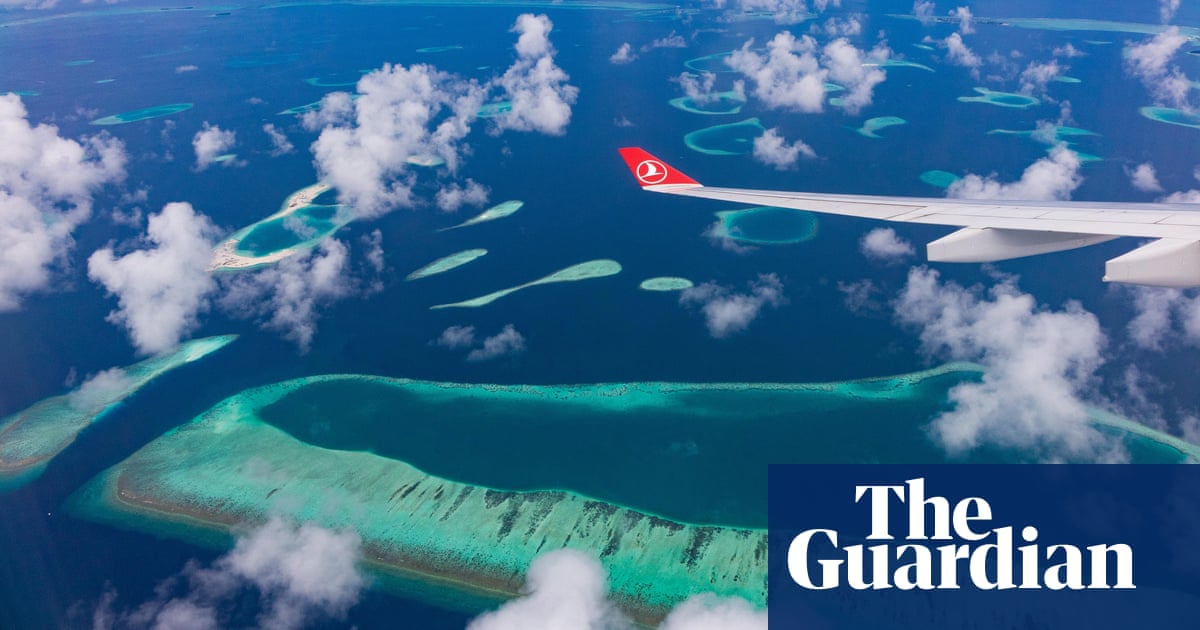A Qatar Airways flight over Turkey has experienced turbulence, injuring 12 passengers and crew. A flight from Doha to Dublin landed safely after the incident, which caused people to “hit the roof” of the plane.
It comes just five days after a British passenger died and 104 others were injured after a Singapore Airlines flight hit sudden turbulence over Myanmar, causing a dramatic loss of altitude.
We know turbulence is a normal part of flying – but are some routes more susceptible and where is it worst?
What is turbulence?
Turbulence is felt when an aircraft flies through relatively disturbed air, which, according to the Australian Civil Aviation Safety Authority, is responsible for “sudden lateral and vertical shakes” during flight. Turbulence is a major cause of injury to crew and passengers in flight.
The agency defines eight types of turbulence, including thunderstorm, thermal, frontal and “mountain wave,” which fall into six categories of severity.
Where is turbulence most common?
In general, turbulence is expected over high mountains, oceans, the equator and when entering jet streams, said Dr. Guido Carim Junior, Head of Griffith Aviation at Griffith University. However, clear air turbulence – usually caused by a very sudden change in wind direction – can occur anywhere and at any time.
“Very complex factors interact to create turbulence,” said the former pilot, adding that bushfires can also cause turbulence. “Radar technology for detecting turbulence is improving, but despite all the instruments on board, we cannot predict exactly where and when turbulence will occur.”
He has flown international routes over the Andes, where he says it is mandatory to turn on the seat belt markings when approaching the mountains.
The Bay of Bengal during the monsoon season is notoriously turbulent, as is flying over the Alps — “but sometimes you don’t even notice,” he said.
High humidity and temperatures tend to amplify turbulence, so a flight from London to New York in the summer months is likely to be bumpier than flying the same route in December, he said.
What are the most turbulent flight paths in the world?
Swedish turbulence forecast site Turbli records turbulence using data from the US National Oceanic and Atmospheric Administration and the UK Met Office.
Its most turbulent routes in 2023 were: Santiago, Chile to Santa Cruz, Bolivia; Almaty, Kazakhstan to Bishkek, Kyrgyzstan; Lanzhou, China to Chengdu, China; Centrair, Japan to Sendai, Japan; and Milan, Italy to Geneva, Switzerland. Milan to Zurich, Switzerland was in tenth place.
The most turbulent countries flown over in April were French Polynesia, Fiji, Pakistan, Namibia and Uruguay, according to the website. The South Pacific was rated as the stormiest ocean to fly over in the same month.
None have been registered above an eddy dissipation rate (edr) of 20. Extreme turbulence occurs above 80 edr.
Data from the Australian Transport Safety Bureau (ATSB) shows that in 2023 there were 3047 commercial aircraft incidents worldwide. Of these, 236 were due to weather.
There have been 790 airliner incidents so far in 2024, of which 52 were due to weather.
Is there a link between the Qatar Airways and Singapore Airlines incidents?
If two planes are in the same area when they encounter turbulence, they may be affected by the same meteorology, said Milton Speer, a meteorologist and fellow at the University of Technology Sydney. But QF17 and SQ321 were thousands of kilometers apart when they were hit by severe turbulence.
Carim Junior said he saw no obvious atmospheric or meteorological phenomena linking the two cases of turbulence of the week. He spoke to pilots who had flown in both regions in recent days and were told they saw “nothing out of the ordinary”.
But we do know that incidents of severe turbulence are on the rise – up 55% between 1979 and 2020 – and that climate change is thought to be a responsible factor.
How many incidents of turbulence has Australia had?
Turbulence should only be reported to the ATSB if it affects the performance of the aircraft. In the 10 years from 2014-2023, no incidents involving serious injuries to passengers were reported to the ATSB, the spokesman confirmed.
A spokesman for the Australian Federation of Airline Pilots said passengers “would be well advised to remain buckled in for the duration of the flight, regardless of seat belt markings”. According to civil aviation regulations, seat belts must be used by all crew members and passengers under various circumstances, including when the aircraft is flying at an altitude of less than 1,000 feet.
